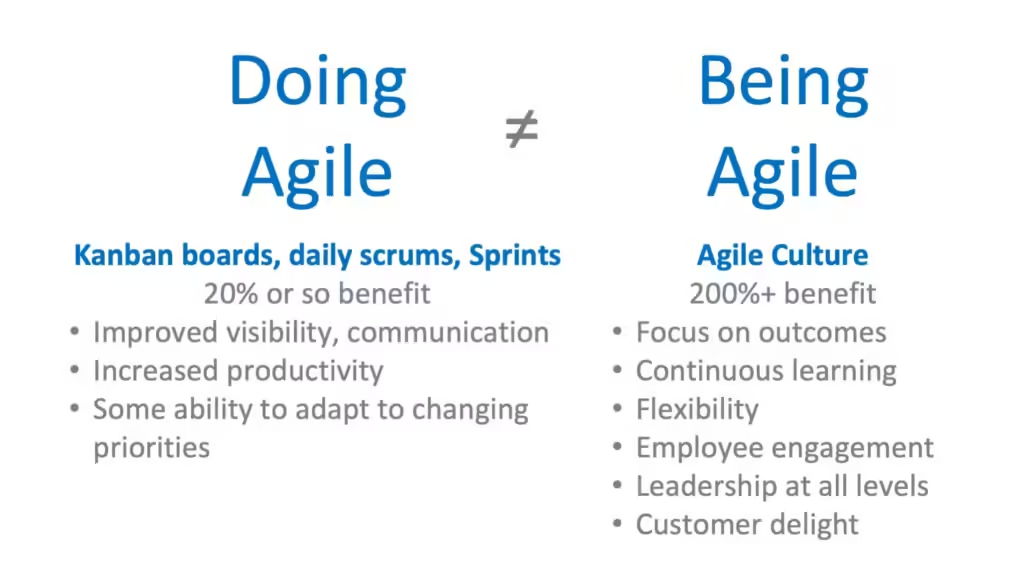In the dynamic landscape of project management, success hinges not only on the ability to deliver within scope, time, and budget but also on effectively managing risks. Risks are inherent in every project, ranging from minor setbacks to potential catastrophes, and how we navigate them can make or break the project’s outcome. In this article, we delve into the crucial aspects of strategic risk management, emphasizing the balance between risk appetite and mitigation strategies to enhance project success.
Understanding Risk Appetite: Risk appetite refers to the level of risk an organization or project team is willing to accept in pursuit of its objectives. It encompasses the tolerance for uncertainty and the willingness to take calculated risks to achieve desired outcomes. Determining risk appetite involves aligning organizational goals with stakeholders’ expectations and assessing the potential impact of risks on project objectives.
Factors influencing risk appetite include organizational culture, industry norms, regulatory requirements, and the project’s strategic importance. For instance, a tech startup aiming for rapid growth may have a higher risk appetite compared to a well-established corporation seeking stability and predictability in its projects.
Establishing risk appetite requires open communication and collaboration among project stakeholders, including executives, project managers, team members, and external partners. By fostering a shared understanding of acceptable risk levels, organizations can create a risk-aware culture that encourages proactive risk management.
Implementing Effective Risk Mitigation Strategies: Once risk appetite is defined, the next step is to develop robust risk mitigation strategies to address identified threats and opportunities. Effective risk mitigation involves a systematic approach that integrates risk identification, assessment, response planning, and monitoring throughout the project lifecycle
1) Risk Identification: Begin by identifying potential risks that may impact project objectives, including internal and external factors such as market volatility, resource constraints, technical challenges, and stakeholder dynamics. Utilize techniques such as brainstorming, risk workshops, and historical data analysis to capture a comprehensive list of risks.
2) Risk Assessment: Assess the likelihood and impact of identified risks to prioritize them based on their significance. Use qualitative and quantitative methods such as probability-impact matrices, risk scoring models, and Monte Carlo simulations to evaluate risks and their potential consequences.
3) Risk Response Planning: Develop tailored response plans for each prioritized risk, considering strategies such as avoidance, mitigation, transfer, or acceptance. Mitigation strategies aim to reduce the likelihood or impact of risks, while contingency plans provide a fallback option if risks materialize.
4) Risk Monitoring and Control: Continuously monitor identified risks and their associated indicators to track changes in risk exposure and trigger timely interventions. Establish clear accountability for risk management tasks and empower project teams to adapt and respond to emerging threats and opportunities.
Balancing Risk Appetite and Mitigation:
Achieving a harmonious balance between risk appetite and mitigation strategies is essential for project success. While a conservative risk appetite may minimize exposure to uncertainty, it could also stifle innovation and growth opportunities. Conversely, a high-risk appetite without adequate mitigation measures can lead to costly failures and reputational damage.
Effective risk management involves striking the right balance between embracing calculated risks to drive innovation and growth while implementing robust mitigation strategies to safeguard project objectives. Organizations should foster a culture that encourages prudent risk-taking, promotes transparency, and empowers teams to proactively manage risks throughout the project lifecycle.
By aligning risk appetite with mitigation strategies, project managers can optimize decision-making, enhance stakeholder confidence, and ultimately increase the likelihood of project success. Strategic risk management is not about eliminating risks entirely but rather about navigating them intelligently to achieve desired outcomes while safeguarding organizational interests.

To illustrate the principles of strategic risk management, let’s explore two hypothetical scenarios:
Scenario 1: Software Development Project
Imagine a software development project aimed at launching a new mobile application in a competitive market. The project team, consisting of developers, designers, and product managers, conducts a thorough risk assessment at the outset. They identify potential risks such as technical complexities, changing user requirements, and platform compatibility issues.
To align risk appetite with mitigation strategies, the project stakeholders engage in collaborative discussions to define acceptable risk thresholds and prioritize mitigation efforts. They implement agile development methodologies to adapt to changing requirements quickly and employ continuous integration and testing to detect and address technical issues early in the development process.
Throughout the project lifecycle, the team maintains open communication channels, conducts regular risk reviews, and adjusts their mitigation strategies as needed. By balancing risk appetite with proactive risk management, they successfully launch the mobile application within the scheduled timeframe, exceeding user expectations and gaining a competitive edge in the market.
Scenario 2: Infrastructure Expansion Project
Consider a construction company undertaking a large-scale infrastructure expansion project to build a new highway system. The project involves complex engineering challenges, tight regulatory requirements, and potential environmental risks. Recognizing the high stakes involved, the project team collaborates with external stakeholders, including government agencies, environmental experts, and local communities.
They conduct extensive risk assessments to identify potential obstacles such as land acquisition delays, budget overruns, and environmental compliance issues. Through a series of risk workshops and stakeholder consultations, they define clear risk appetite thresholds and develop comprehensive mitigation plans tailored to each identified risk.
To balance risk appetite with mitigation strategies, the project team implements stringent project controls, conducts regular site inspections, and maintains transparent communication with stakeholders. They proactively address emerging risks, such as unforeseen geological challenges and supply chain disruptions, by leveraging contingency plans and mobilizing additional resources as needed.
Despite encountering several unforeseen challenges throughout the project lifecycle, including adverse weather conditions and regulatory changes, the project team successfully delivers the infrastructure expansion project within budget and ahead of schedule. By effectively balancing risk appetite with strategic risk management, they mitigate potential threats, capitalize on opportunities, and achieve project success while enhancing their reputation as a reliable and resilient organization.
Conclusion:
Strategic risk management is a critical discipline for project managers and organizations striving to achieve their strategic objectives while navigating uncertainties effectively. By aligning risk appetite with robust mitigation strategies, project teams can optimize decision-making, enhance stakeholder confidence, and increase the likelihood of project success.
Whether embarking on a software development initiative, infrastructure expansion project, or any other endeavor, integrating strategic risk management principles into project planning and execution can help organizations anticipate, assess, and address risks proactively. By fostering a culture of risk awareness, transparency, and collaboration, organizations can position themselves to thrive in an increasingly complex and unpredictable business environment.
In conclusion, strategic risk management is not just about minimizing threats; it’s about maximizing opportunities and achieving sustainable growth in an ever-evolving landscape. By embracing a strategic approach to risk management, project managers and organizations can turn uncertainties into competitive advantages, driving innovation, resilience, and long-term success.
Remember, in the world of project management, strategic risk management isn’t a one-time activity but a continuous process of adaptation and improvement. By staying vigilant, proactive, and adaptable, project teams can navigate uncertainties with confidence, seize opportunities for growth, and deliver exceptional results that surpass stakeholder expectations.
Let me know in the comment section below to share your insights and experiences with strategic risk management in project management. Your contributions can enrich our community’s knowledge and foster valuable discussions on navigating uncertainties and driving project success. Together, let’s continue to learn and grow in the dynamic world of project management!


